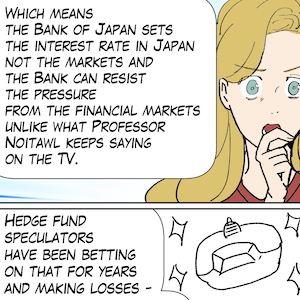Not trusting our political class is no reason to avoid introducing progressive policies
There is a consistent undercurrent against Modern Monetary Theory (MMT) that centres on whether we can trust governments. I watched the recent Netflix documentary over the weekend – American Conspiracy: The Octopus Murders – which reinforces the notion I have had for decades that there is a dark layer of elites – government, corporations, old money, criminals – that is relentlessly working to expand their wealth and maintain their power. Most of us never come in contact with it. They leave us alone and allow us to go about our lives, pursuing opportunities and doing the best we can for ourselves, our families and our friends. But occasionally some of us come into contact with the layer and then all hell breaks loose. The documentary started with a journalist being killed because he had started penetrating an elaborate conspiracy which began with the US Department of Justice stealing software from a company and then multiplied into money laundering scams (Iran contra), murder of various people who got in the way, and went right up to Ronald Reagan, George Bush and other senior politicians. It was a sobering reminder. I will write more about this topic in the upcoming book we are working on (with Dr L. Connors) but I was reading some articles over the weekend (thanks to Sidarth, initially) about the way the MGNREGA in India, which is a public job guarantee-type scheme has been corrupted as the ideology of the government shifted and it bears on this question of trust.

